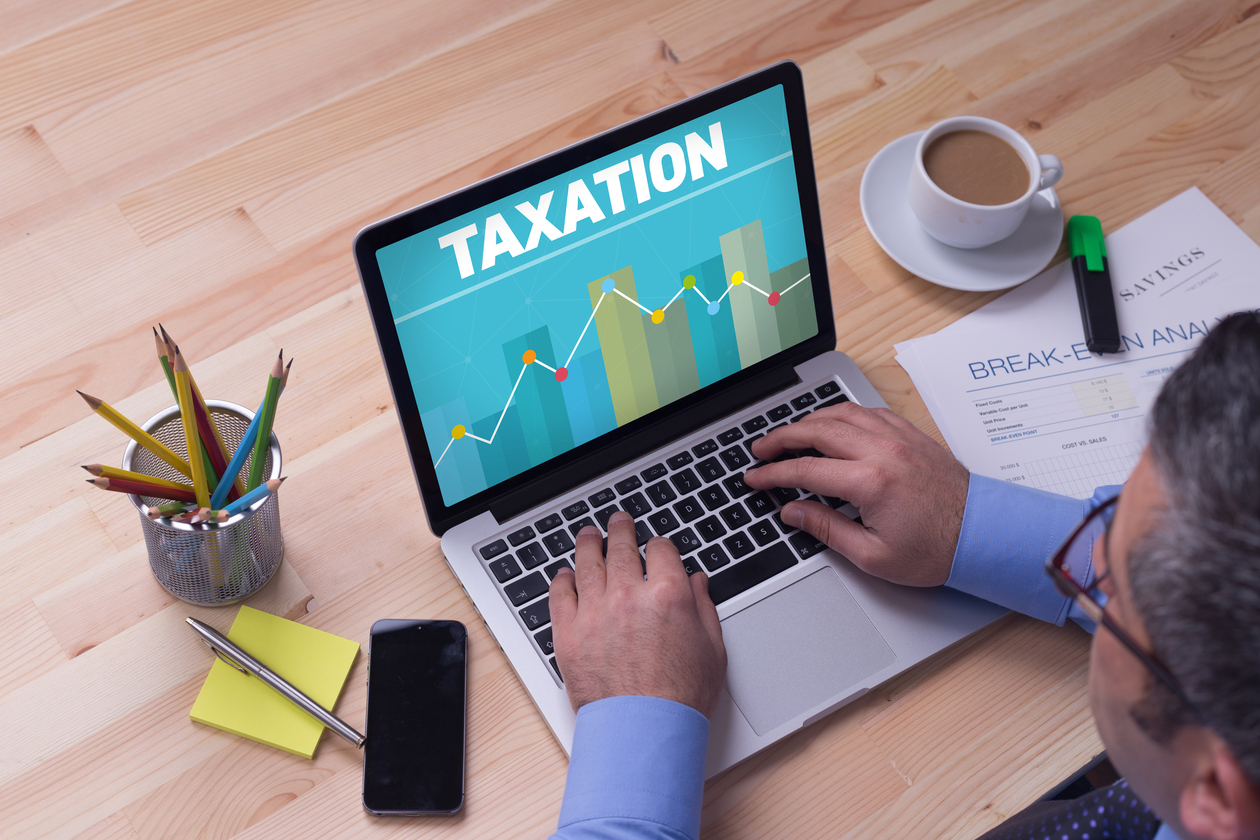
Tax Tip Planning
Continuing with our Tax Planning Tips for 2023/24.
To see how we can help, please click here to get in touch.
Maximise tax relief on your pension contributions by using all of your annual allowance.
The annual allowance for 2023/24 is £60,000, but you can also use surplus allowance from the previous three tax years (see tip 21). To avoid an annual allowance tax charge, the pension contributions made by yourself, plus those made by your employer on your behalf, must be covered by your available annual allowance. Beware that your annual allowance may be restricted to a maximum of £10,000 if your total income plus pension contributions for the year exceeds £260,000, and your net income exceeds £200,000. Your annual allowance is also restricted if you have already drawn more than the tax-free amount from a money purchase pension scheme. Always take professional financial advice before making a significant investment.
Take advantage of your unused annual pension allowances from earlier years.
You can bring forward unused pension allowances of up to £40,000 from each of the three previous tax years, to boost your allowance for the current year (2023/24). This allows you to pay pension contributions over the current year’s annual allowance – in theory up to £180,000 – and still enjoy full tax relief on those contributions at your marginal tax rate. However, the total tax relievable pension contributions are also limited by your taxable earnings for the year. The calculations can be complex, so it is best to do your pension planning well before the end of the tax year.
EXAMPLE
Jane earns £100,000 per year and is opted into her workplace pension scheme. The pension contributions made by Jane and her employer amount to £8,000 per year (Jane contributing £3,000, and her employer £5,000), and this has been the case for the past three years. During May 2023, Jane won £100,000 on the Premium Bonds and wishes to maximise her pension contributions for 2023/24.
Jane’s financial adviser calculates that Jane has unused annual allowances of £148,000 in 2022/23 being £32,000 (£40,000 – £8,000) from each of the years: 2020/21 to 2022/23 and £52,000 for 2023/24. Jane can pay up to £97,000 (£100,000 – £3,000) in additional pension contributions for 2023/24 as her total contributions are limited by her total earnings.
Ask your employer to pay pension contributions to top up your pay.
If you are due a pay rise and do not need the extra money day to day, you could ask your employer to pay the increase as a contribution directly into your pension scheme. The employer receives tax relief for the contribution and there are no NICs to pay – a saving for both you and your employer. You must agree in writing to adjust your salary before the revised pension contributions are paid for this arrangement to be tax effective.
Make pension contributions or charitable gifts to retain your child benefit
Child benefit is clawed-back as a tax charge when the higher earner of a couple has adjusted net income over £50,000 (see tip 7). You can reduce your annual adjusted net income to below this threshold by making pension contributions or charitable donations under Gift Aid. If your income is more than £50,270, meaning that the excess is liable to higher rate tax, this will also have the effect of keeping your total income within the basic rate band, and preserve your savings allowance at £1,000 rather than £500 (see tip 11).
Plan to sell your shares to your company on retirement, leaving your successors in control of the business.
The next generation of shareholders in your company may not have the cash to buy your shares when you exit the business. Instead of them having to borrow to finance the purchase, the company itself can buy your shares and cancel them, leaving the remaining shareholders controlling the company. You end up with cash and, provided a set of strict conditions are met, up to £1 million of the gain should qualify for business asset disposal relief and be taxed at no more than 10%.
TIP
You can carry forward unused pension allowances from the three previous tax years and use these to cover pension contributions greater than the current year’s annual allowance.
Our next article in our series: Estate planning – handing on your wealth
This information is provided by Taxbriefs on behalf of Thorntons Wealth. It is not guaranteed as to its accuracy, and is published solely for information purpose. It does not in any way constitute investment or tax advise Any information concerning the tax treatment of an investment is based on our understanding of current HMRC rules which may be subject to future change. Tax advice is not regulated by the Financial Conduct Authority.
